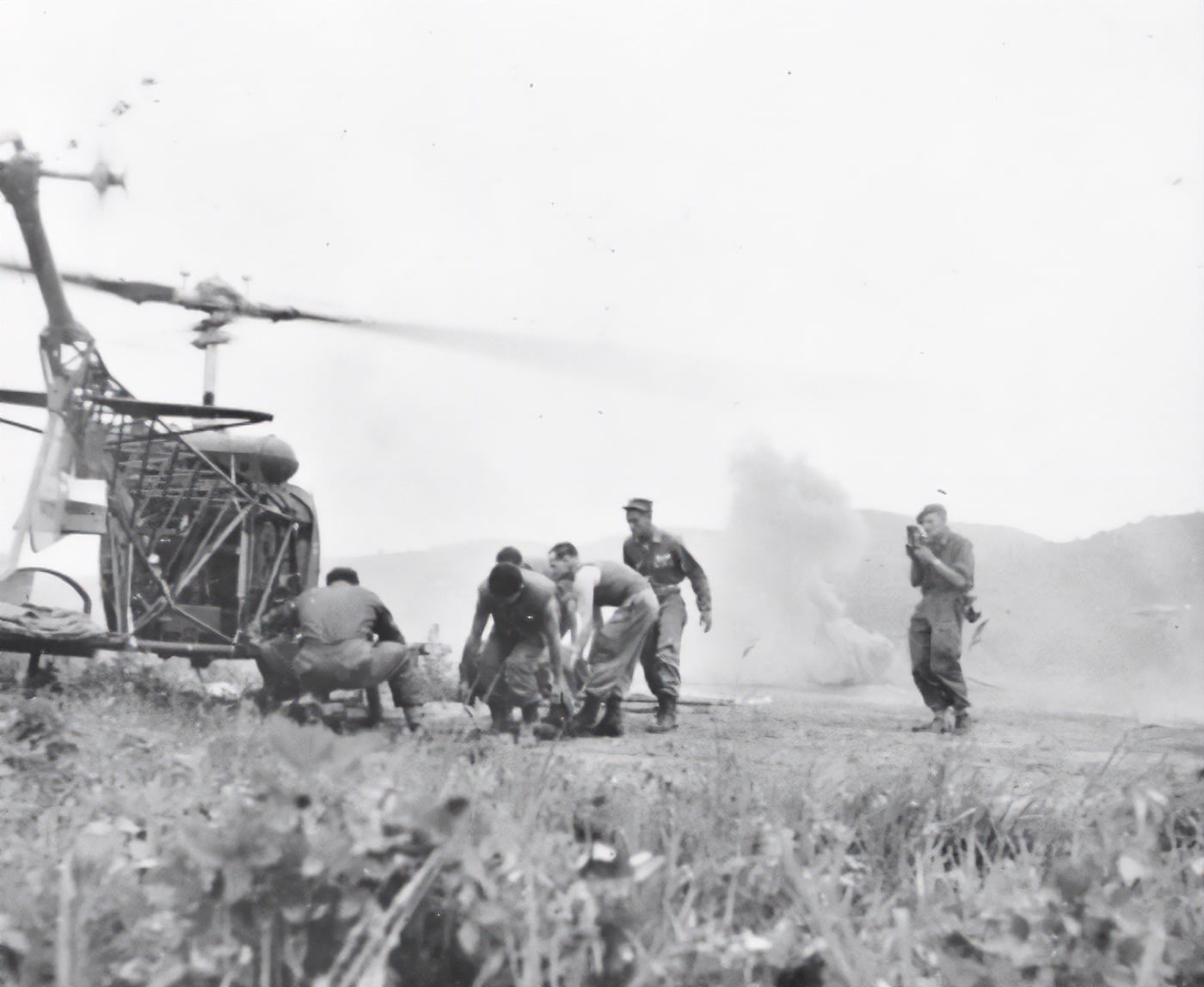The article "History of the Medevac — How Air Ambulances Changed War" by Dr. Will Dabbs, MD explores the evolution of medical evacuation (medevac) in military history. It begins by highlighting the role of French aviation pioneer Isidore Auguste Marie Louis Paulhan, who conducted the first known aerial medical evacuation during World War I by flying the gravely ill Slovak polymath Milan Rastislav Štefánik to safety. The article then transitions to the significant advancements in medevac during World War II, particularly focusing on the YR-4B helicopter's role in rescuing wounded soldiers in Burma, despite its fragility and severe limitations.

The Korean War served as a significant turning point for medevac practices, with Bell H-13 and Sikorsky H-5 helicopters playing a pivotal role in the rapid evacuation of injured soldiers. These efforts culminated in the establishment of protocols that have saved countless lives in subsequent conflicts. The Vietnam War saw even further advancements with the UH-1 Huey helicopter, which began to standardize and improve the efficiency of medical evacuations, a practice that was further refined during
No comments:
Post a Comment